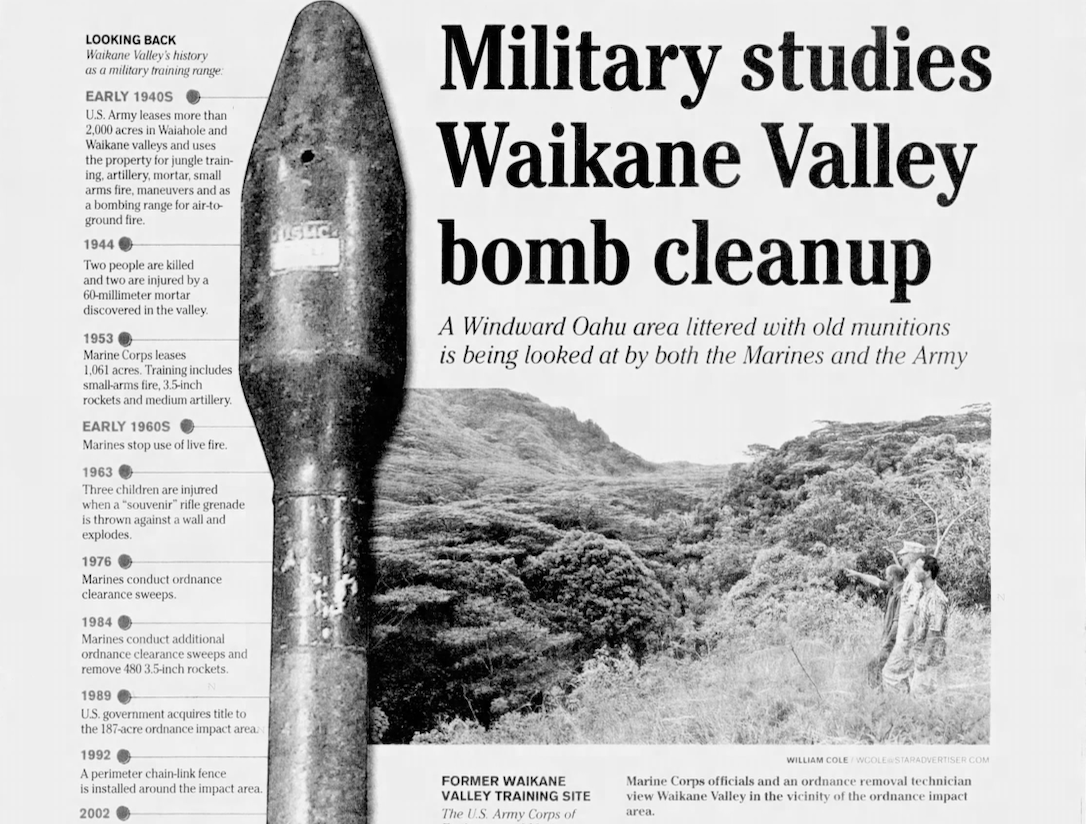What is the relationship between the circular economy and community health and wellbeing? The ʻImi Pono Hawaiʻi Wellbeing Survey seeks to provide a fuller picture of wellbeing among Native Hawaiians and Hawaiʻi residents to supplement data from narrowly focused or deficit-based surveys. The survey is a partnership between Kamehameha Schools, Liliʻuokalani Trust, the Office of Hawaiian Affairs, Papa Ola Lokahi, and The Queen’s Health System and has been conducted every year since 2021. 2023 findings focused around the following topic areas: (1) Housing stress and relief among Hawaii families; (2) Food Security and behaviors among Hawaii residents; (3) Community and civic engagement among Hawaii residents; (4) Assessing health from a Native Hawaiian perspective; and (5) ‘Ōlelo Hawaiʻi among Native Hawaiians.
The Lab will be diving into these issues and their connection to the circular economy and aloha ʻāina through a series of blog posts, the first of which focuses on housing stress.
Housing Stress & Native Hawaiian Wellbeing
Research suggests that housing is a major determinant of health outcomes. Safety, quality, and consistency typically contribute to greater wellbeing in families when it comes to housing. On the other hand, frequent changes in living conditions are often disruptive and stressful. For these reasons, a deeper understanding of the experiences of Hawaiʻi families can aid in the development of solutions to mitigate housing stress and improve community wellbeing.
The ‘Imi Pono Survey reported that housing costs in Hawaiʻi are 2.7 times higher than the national average. About one-half of those surveyed report that they own their home, which means that fewer than one out of three local households can afford a single-family home, and that multi-family households and frequent changes in living arrangements are common throughout the islands. One of the key findings of the survey is that these challenges are more prevalent in Native Hawaiian families, which are more likely to live in large households, to have changed their living situation in the past year, and to be more worried about losing their current housing in the future. Importantly, the ʻImi Pono survey concluded that “Native Hawaiians deserve to live in their homeland without excessive stress.”
Circularity for sustainability and equity in housing
The gravity and urgency of both Hawaiʻi’s housing crisis and the climate emergency require a significant effort to implement solutions grounded in circular economy principles and ensure a sustainable future for Hawaiʻi residents. Circularity means avoiding the extraction of new raw materials, and instead finding ways to extend the life of existing products and materials. Alongside reducing environmental footprints, in a circular economy housing aims to be affordable, resilient against increasingly severe climate change impacts, and accessible to diverse income and cultural groups.
In Hawaiʻi, working towards a functioning circular economy for housing requires bold leadership from business and government leaders, housing providers, the finance industry, and likely large landholders including our aliʻi trusts. Aloha ʻāina can serve as a guide in the stewardship of ecological systems and resources, as well as an agent of change within our current social, political, and economic systems.
The survey includes several recommendations for next steps, including:
1. Educate policymakers on the importance of quality, stable homes to individual and community wellbeing.
2. Conduct research on the long-term effects of chronic housing stress on Native Hawaiians and other groups over-represented in having housing stress.
3. Promote policies and practices that address housing affordability at the county and state levels. 4. Continue to find effective ways to reduce the Department of Hawaiian Home Lands waitlist.
5. Support Community Development Financial Institutions (CDFIs) and other policies and programs that help underserved groups acquire housing.
6. Explore workforce housing opportunities and take the Housing Hawaiʻi’s Future pledge.
Source: https://www.ksbe.edu/assets/site/research/pdfs/Imi-Pono-Housing_Dec2023.pdf








